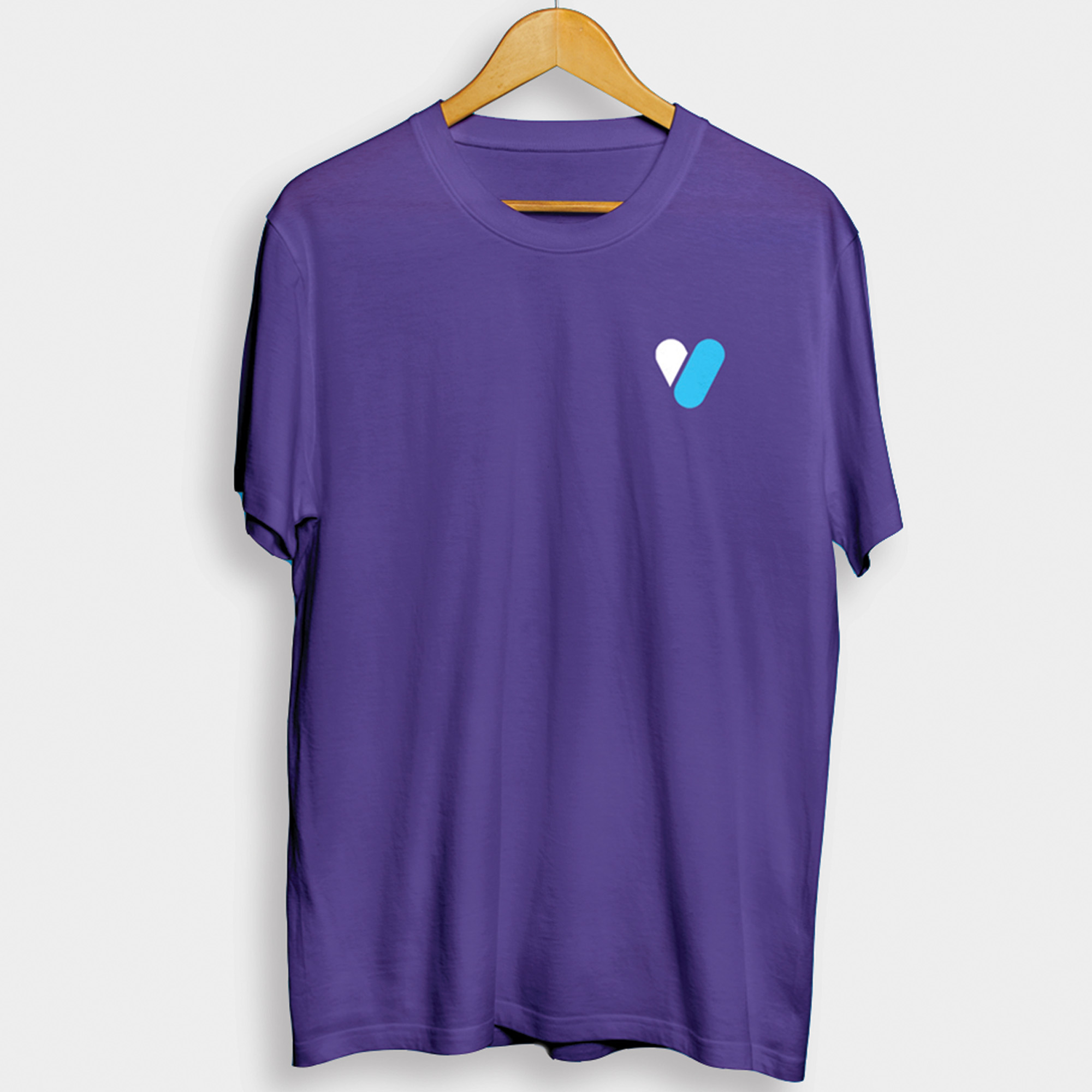

#VOOYA PLAYER FULL#
On the other side, Television metadata includes full SMPTE time code, video overscan and field information, and signal/colour level information.Ī third, variable-size metadata area, which is user-definable, exists. For example, Motion-Picture-specific metadata includes perforation-exact film KeyKode (if the image comes from a film scan), camera shutter angle, slate information and frame positioning within a frame sequence. They are either used only if the picture has enough embedded information relevant to that specific industry, otherwise are left "empty". SMPTE specifications dictate a mild number of compulsory metadata, like image resolution, color space details (channel depth, colorimetric metric, etc.), number of planes/subimages, as well as original filename and creation date/time, creator's name, project name, copyright information, and so on.įurthermore, a couple of industry-specific metadata areas are present: Motion-Picture and Television ones. Extensions for high-dynamic-range video and wide color gamut are standardized in SMPTE ST 268-2:2018. Academy Density Exchange (ADX) support for the Academy Color Encoding System are added in the current version of the standard SMPTE ST 268-1:2014. The specification was later improved and published by SMPTE as ANSI/SMPTE 268M-2003. The original DPX (version 1.0) specifications are part of SMPTE 268M-1994. cin file extension) used for digital images generated by Kodak's original film scanner. The DPX file format was originally derived from the Kodak Cineon open file format (. The DPX specification allows for a wide variety of metadata to further clarify information stored (and storable) within each file. Multiple forms of packing and alignment are possible.

DPX provides, in fact, a great deal of flexibility in storing colour information, colour spaces and colour planes for exchange between production facilities. Other common video formats are supported as well (see below), from video to purely digital ones, making DPX a file format suitable for almost any raster digital imaging applications. For this reason, DPX is the worldwide-chosen format for still frames storage in most digital intermediate post-production facilities and film labs. The file format is most commonly used to represent the density of each colour channel of a scanned negative film in an uncompressed " logarithmic" image where the gamma of the original camera negative is preserved as taken by a film scanner.
#VOOYA PLAYER CODE#
Downloadĭownload some precompiled binaries from here.ĭownload source code from GitHub.Digital Picture Exchange ( DPX) is a common file format for digital intermediate and visual effects work and is a SMPTE standard (ST 268-1:2014). Read the help to learn the capabilities of this program.


#VOOYA PLAYER MAC OS X#


 0 kommentar(er)
0 kommentar(er)
